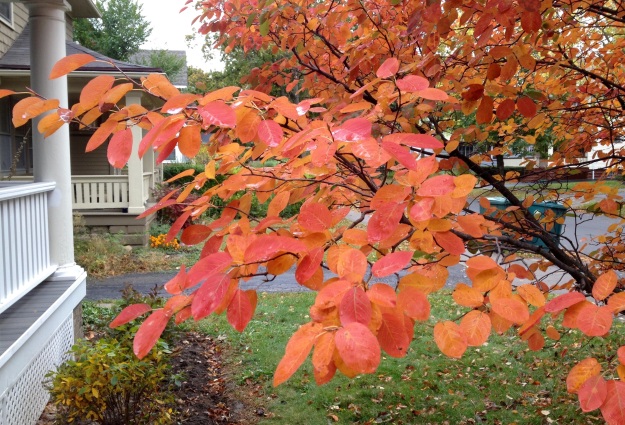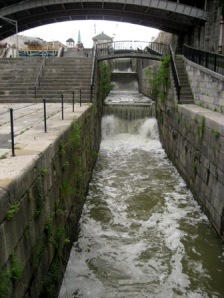Terrific post by a school teacher (writing on the DailyKos site.) He’s talking about the disparity between the lives of his students in the impoverished Watts neighborhood of LA and a wealthy LA suburb, but he could be talking about children in inner city Rochester and one of our wealthy suburbs. His main points: Poor kids face incredible barriers to survival, much less success. And don’t blame the public schools or teachers for problems created by inequality. Two of my favorite bits:
I don’t think the problem is that public education fails kids. The problem is that our public education system is asked to confront a problem that is bigger than it can possibly handle. Schools are where the rubber meets the road for all our social neglect. Poverty is the real issue here . . .
Terrorism is a terrible danger to be sure, but our tendency to get sucked into the drama of it distracts us from even more devastating and urgent problems like economic inequality and global warming: two issues that will cause far more upheaval, destruction and heartache than ISIS could ever hope to create. Indeed, the slow burning fuse of economic inequality is eroding the very foundations of our society. . . The American middle class is literally drying up before our eyes. We aren’t just a nation of “Have” and “Have Nots;” everyday we are becoming a nation of “Have Everything” or “Have Nothing at All.” We’re becoming an economically polarized nation like Brazil.



